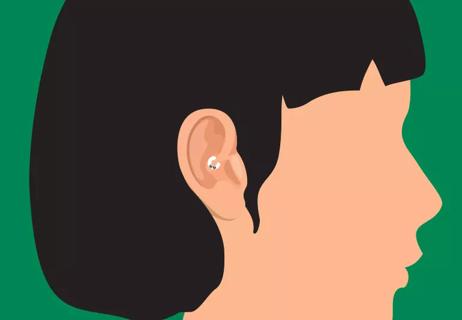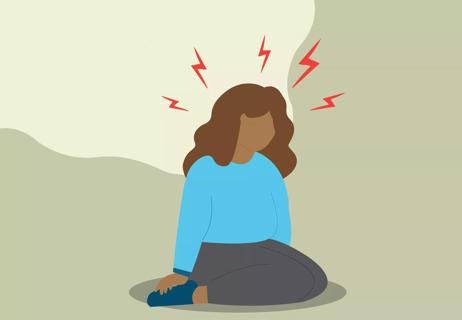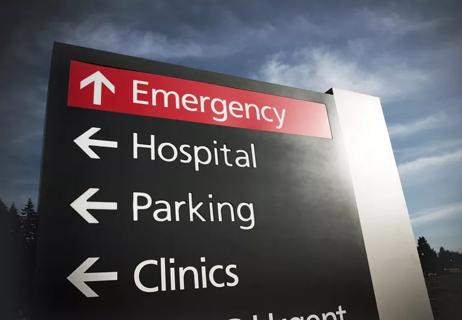TMJ pain can cause headaches but chiropractic treatments and medication can alleviate any discomfort

Although a migraine is severe to moderate pain that you feel at the top or side of your head, the trouble may actually start at the bottom of your skull.
Advertisement
Cleveland Clinic is a non-profit academic medical center. Advertising on our site helps support our mission. We do not endorse non-Cleveland Clinic products or services. Policy
Your temporomandibular joint (TMJ) is the hinge that connects your jaw to your skull. Your TMJ allows you to talk, chew and yawn. But the joint’s supporting muscles also can be the source of your migraines, says chiropractor Andrew Bang, DC.
A number of the TMJ muscles, which are located underneath the jaw and in the cheeks, and on the top and sides of the head, may contribute to the pain, Dr. Bang says.
“The headache and migraine pain could generate from the muscles that move your jaw,” Dr. Bang says.
Here’s how it happens: Your jaw muscles tighten when you grind or clench your teeth – or do things such as chew gum. The pain from your jaw created by the clenching then travels to other places in the skull, causing headaches or, in severe cases, migraines. You may also experience toothaches, earaches or shoulder pain.
Dr. Bang discusses jaw pain and headaches and how to ease your pain.
A migraine is a headache that tends to happen repeatedly. It can cause moderate to severe pain if left untreated. More than 10% of the U.S. population – including children – suffers from migraines.
People often experience a migraine as a throbbing pain. The pain may occur on one side of the head only, but may be felt on both sides. Light, sounds, smells, stress, activity or hormonal changes can trigger the pain.
Advertisement
A migraine may cause you to become temporarily sensitive to light, sound and smell and can make you feel nauseous. Physical activity also can aggravate a migraine. Some people experience visual or sensory changes, called auras, before, during or after the headache.
Combining chiropractic treatment with medication often provides relief for migraine pain, Dr. Bang says. Your physician or neurologist can prescribe medications to help manage migraine symptoms.
A chiropractor can use massage techniques to stretch your tight jaw muscles, Dr. Bang says. In other instances, a chiropractor might recommend physical therapy that you can do at home. Basic stretches can slow the progression of a headache and prevent it from becoming a full-blown migraine.
Three other areas of the body can contribute to migraine pain when they become tight or tense: the shoulders, the neck and the head. A chiropractor may use chiropractic manipulation when vertebrae in the upper spine or head are misaligned. Gentle realignment that ensures a good range of motion sometimes can give quick migraine relief.
If you think your TMJ is causing headaches, try these tips from Dr. Bang:
Advertisement
Learn more about our editorial process.
Advertisement

Among the options is a fast-acting medication that offers relief in as little as 15 minutes

Start by reevaluating your triggers and lifestyle factors, but also consider trying new medication

A little can help, too much can hurt

They might look cool, but there’s no scientific evidence that daith piercings ward off pain

Getting enough sleep, avoiding dietary triggers and reducing stress can provide relief

Your genes may offer some insight when learning about your migraine symptoms

Migraine length depends on your triggers, health history and whether they are chronic

If you’re experiencing the worst headache of your life, it may be time for a trip to the hospital

If you’re feeling short of breath, sleep can be tough — propping yourself up or sleeping on your side may help

If you fear the unknown or find yourself needing reassurance often, you may identify with this attachment style

If you’re looking to boost your gut health, it’s better to get fiber from whole foods